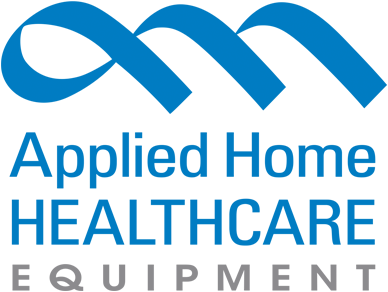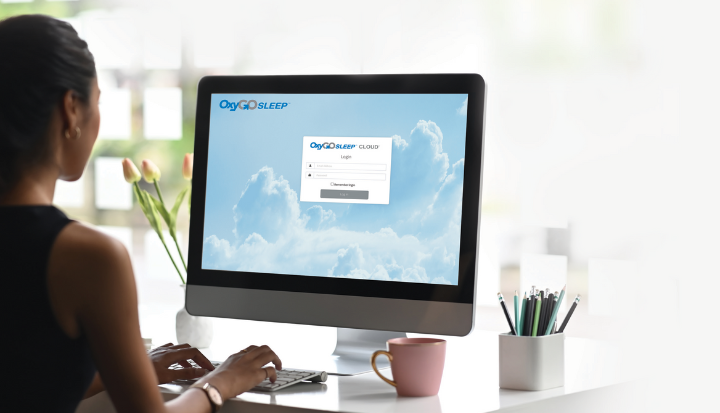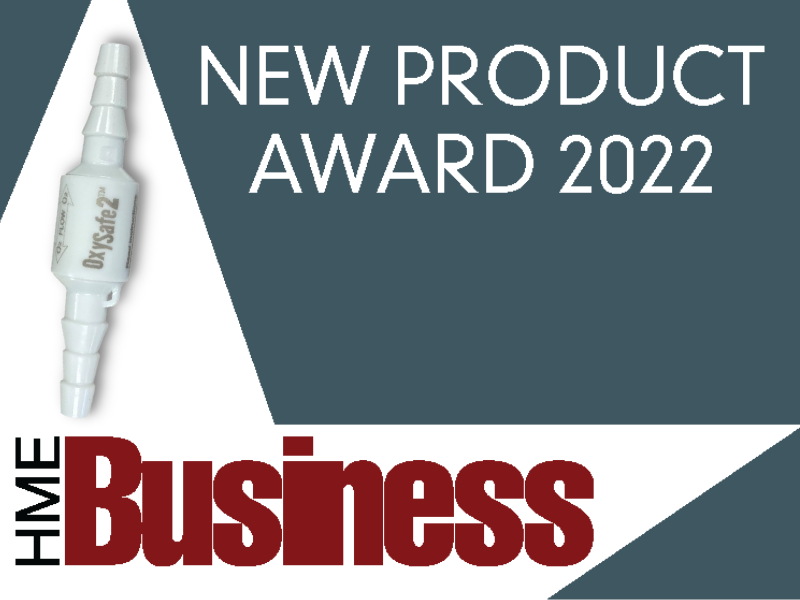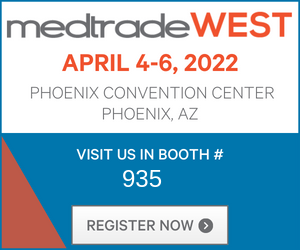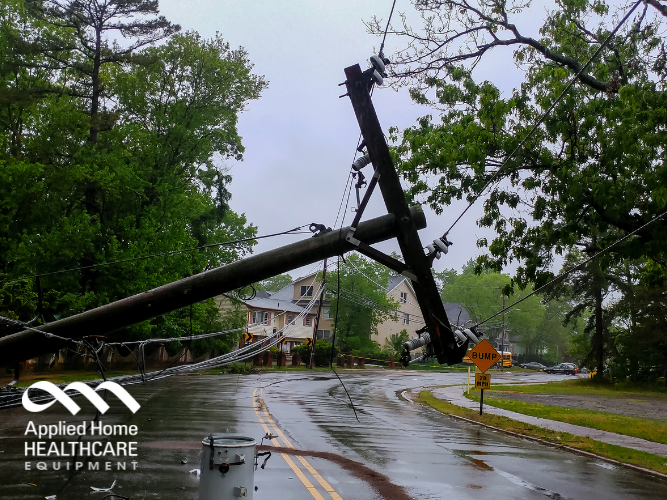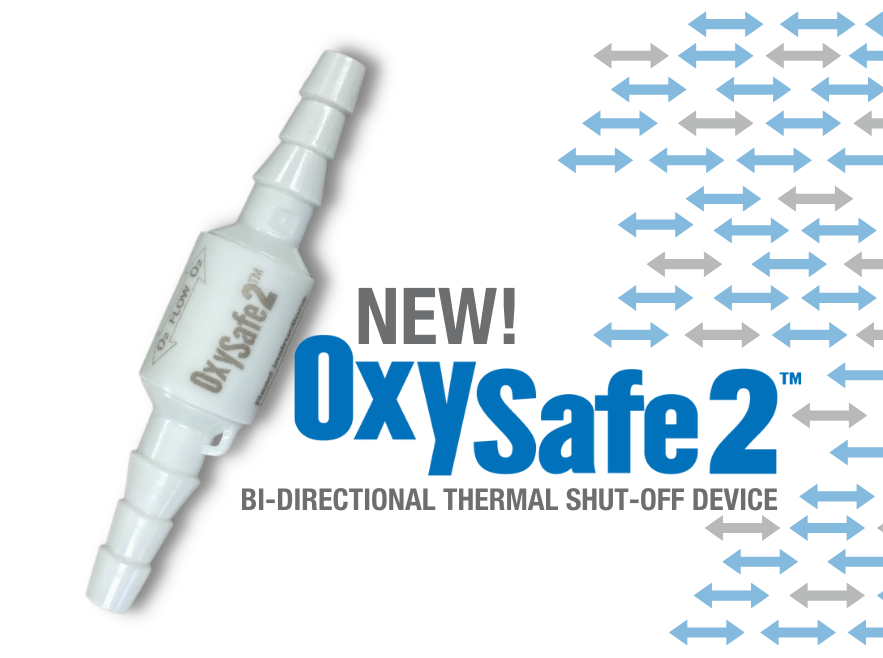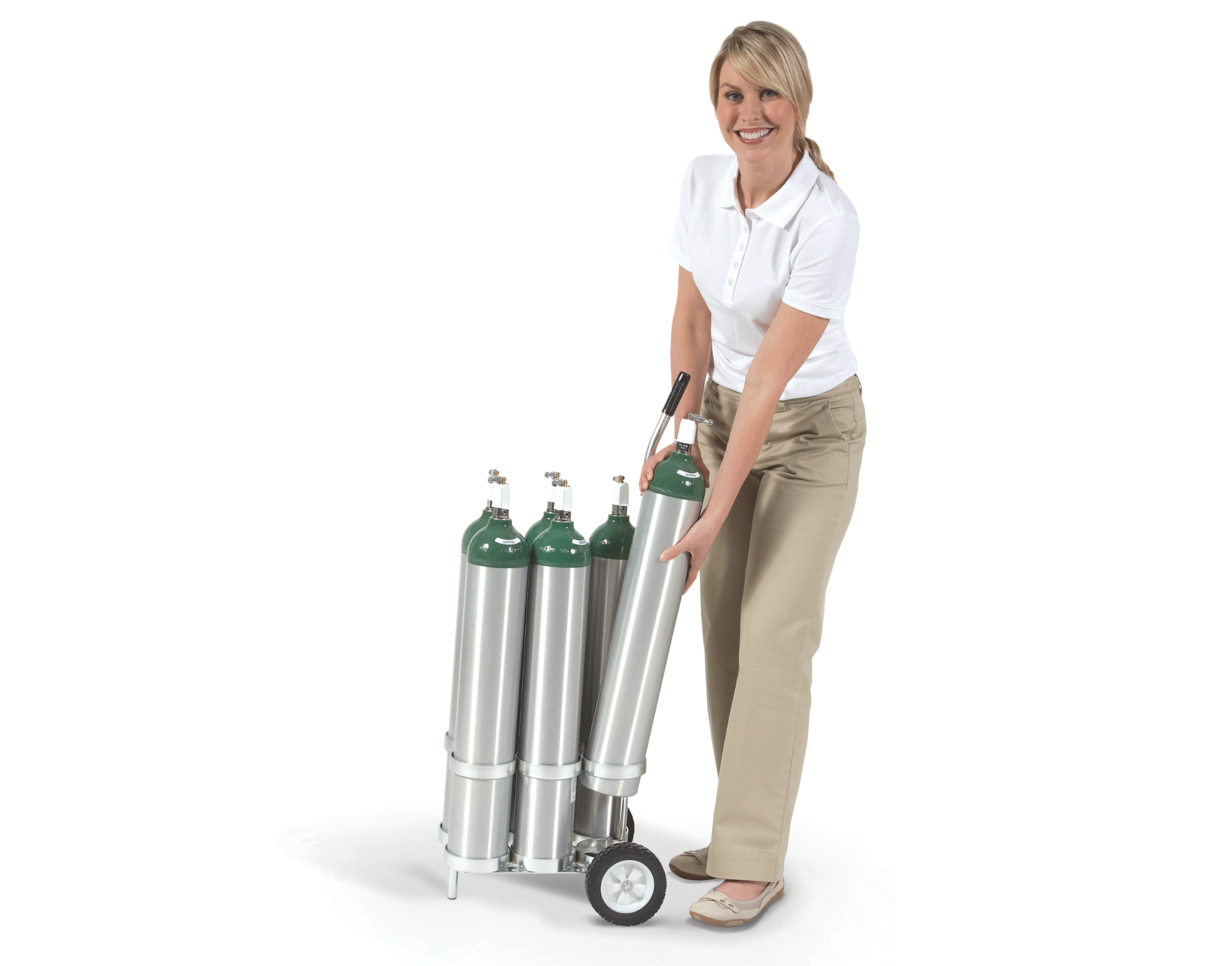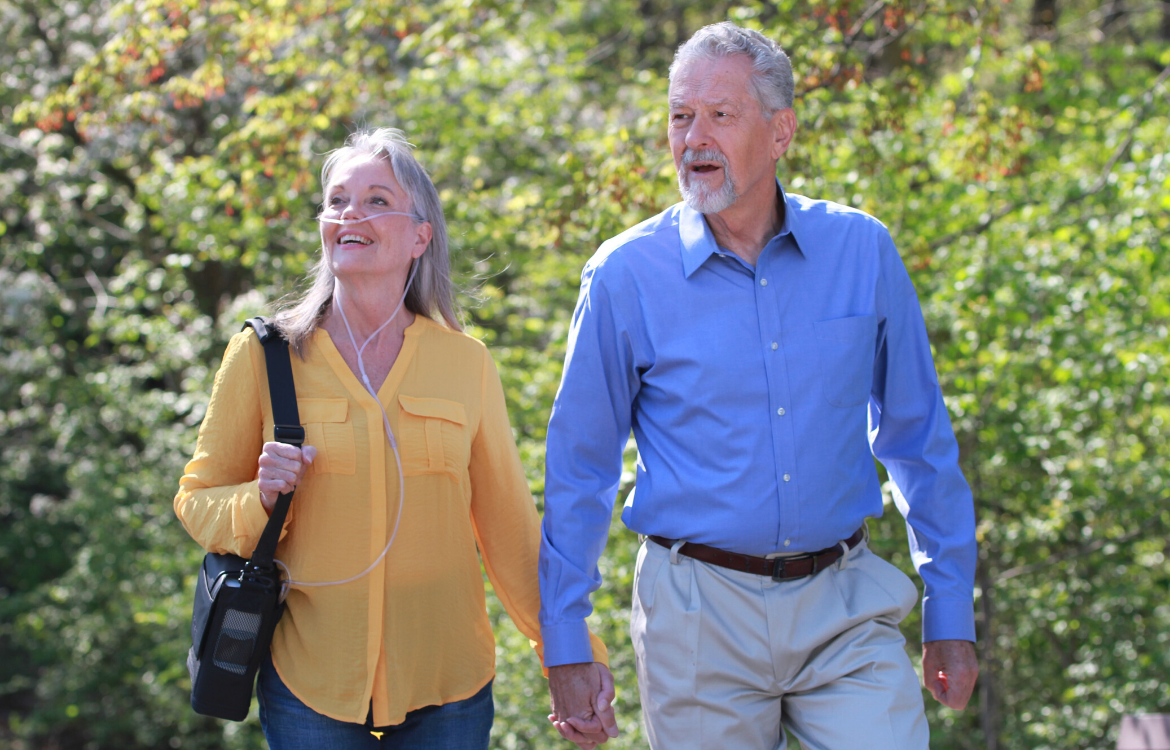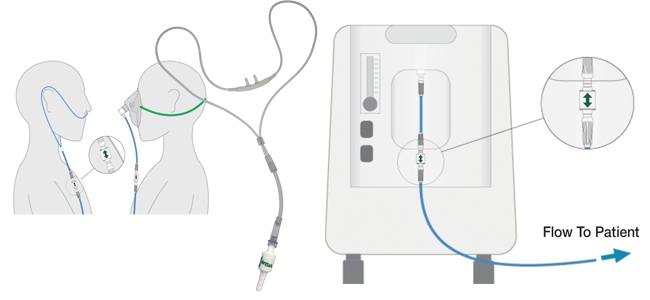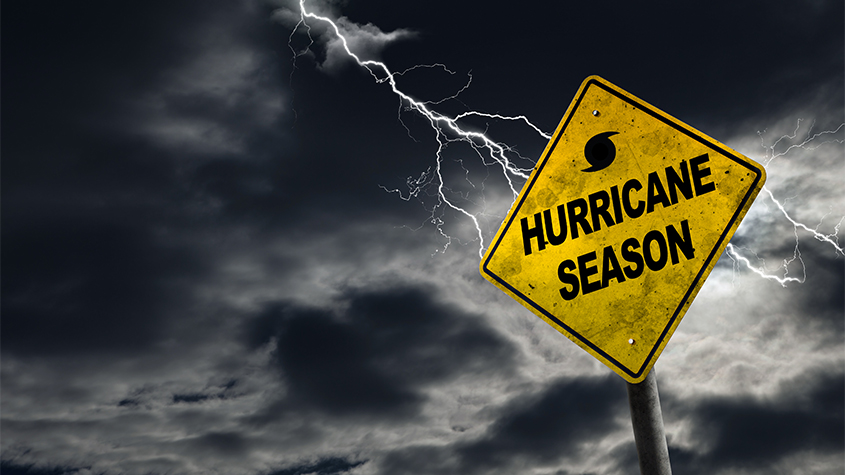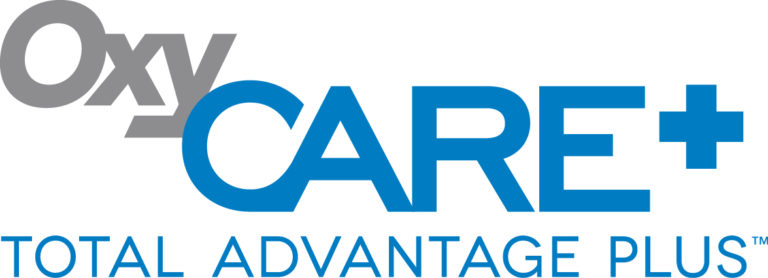Posted By Laura Frederick
November 28, 2022
Category: Sleep, Sleep Apnea, CPAP, Compliance
OxyGo, a leader in the portable oxygen concentrator market announced the launch of their new sleep
Posted By Laura Frederick
October 25, 2022
Category: OxySafe2, HME Business, New Product Award, Oxygen Safety
WESTLAKE, OH | October 25, 2022 - OxyGo and Applied Home Healthcare Equipment are excited to announce that OxySafe2 has won a HME Business New Product Award in the category of Respiratory In-Home Equipment.
"The HME Business New Product Award honors outstanding product development achievements by HME manufacturers and service providers. The competition is judged by a panel of HME providers from a variety of backgrounds and category specialties (HME Business, October 2022)."
OxySafe2 is a thermal fuse designed to stop the flow of gas in the event that the downstream cannula or supply tube is ignited, and will meet VA, ISO and other regulatory requirements. With OxySafe2, the PVC tube is inclined to extinguish because PVC will not normally burn in air—offering healthcare providers a cost-effective solution to lower the risk of serious patient injury in a dangerous oxygen fire.
This new version provides two directional protection against oxygen fires caused by patients smoking, using candles, stove-top ranges or other open flames while receiving oxygen therapy. Such fires are particularly prevalent in situations where oxygen therapy is provided in the home environment where there is limited patient supervision, though it may occur in environments like healthcare facilities and nursing homes.
OxyGo and Applied Home Healthcare Equipment produce ambulatory oxygen solutions with DME companies in mind. Both are known for their amazing customer service, sal
Posted By Laura Frederick
June 02, 2022
Category: Training
Are you and your employees meeting annual training requirements?
The FDA requires that training be completed “on a frequent and continuing basis.” This has been interpreted to mean twice a year. This training must be completed by anyone who can affect the purity of the oxygen. Personnel training in Current Good Manufacturing Processes is required by law (21 CFR 211.25). Some examples of those that must complete FDA training include fillers, drivers, quality control unit, and warehouse personnel.
The DOT requires that training be done at least every three years, and within 90 days of the start of employment for new employees. Drivers, loaders, and people in charge of storage of oxygen cylinders for ANY amount of oxygen delivered (1 cylinder to over 1,001lbs), must successfully complete DOT training. This training touches on three areas which include Job Specific Training, HazMat Security Awareness Training and HazMat Safety Training. Training needs to be completed in each area in order for an employee to be considered DOT compliant.
Applied offers easy access to on-demand online training, live stream and in-person seminars, along with on-site training options.
Live Training Schedule 2022
This program has been approved for 5.75 contact hours (CRCE) credit by the American Association for Respiratory Care, 9425 N. MacArthur Blvd. Ste 100 Irving TX 75063.
Date
Location
Topic
Type
Wed, August 24, 2
Posted By Laura Frederick
March 24, 2022
Category: Tradeshows, Medtrade
Are you attending Medtrade West in Phoenix? Get a FREE expo pass on us! Click "Register Now" to get started!
Posted By Laura Frederick
August 31, 2021
Category: Cylinder Safety, Cga, Natural Disaster, Safety
The Category 4 storm that made landfall into Louisiana Sunday afternoon is a reminder of the damage and destruction that natural disasters like hurricanes can cause our communities. Ida’s force led to catastrophic damage from its wind, rain and powerful storm surge.
Life threatening storms like Ida can result in exposing a cylinder to a variety of hazardous conditions. These conditions can include floodwater submersion, impact from debris, exposure to foreign contaminants like mud, sewage, and oil or grease; damage from falling, etc.
The Compressed Gas Association released a safety alert that recommends the best practices for handling cylinders that have been exposed to a natural disaster like a hurricane, tornado, fire, earthquake, flooding, etc.
According to CGA (Compressed Gas Association), if cylinders have been exposed to adverse conditions, you should contact emergency responders or the cylinder supplier for further instruction. Cylinders with obvious significant damage or that are leaking should only be addressed by emergency responders with HAZMAT training or the cylinder supplier.
Contact information for the cylinder supplier is listed on the label as shown in Figure 1a. If a label is not present, the cylinder neckring shown in Figure 2 can be used to identify the cylinder
Posted By Laura Frederick
August 29, 2021
Category: Oxygen Safety
OxySafe FAQ: Including How to Clean OxySafe, OxySafe Use With A Humidifier, OxySafe Replacement and OxySafe and Pooling.
Posted By Laura Frederick
August 18, 2021
Category: OxySafe, OxySafe2, Thermal Shut Off, Oxygen Safety, Medical Oxygen
Westlake, OH – August 18, 2021 – Applied Home Healthcare Equipment, a long-trusted resource for oxygen filling, technical and regulatory support for DME and HME providers, has announced the release of their newest model of their popular thermal shut-off device OxySafe2™.
The new version provides two directional protection against oxygen fires caused by patients smoking, using candles, stove-top ranges or other open flames while receiving oxygen therapy. Such fires are particularly prevalent in situations where oxygen therapy is provided in the home environment where there is limited patient supervision, though it may occur in environments like healthcare facilities and nursing homes.
Jim Christ General Manager of Applied Home Healthcare Equipment said “OxySafe has always been an important and reliable device for our providers who want to protect their patients from the dangers of home oxygen fires. We are excited to introduce this product line improvement to the OxySafe in order to help in the mitigation of oxygen fires.”
OxySafe2 is a thermal fuse designed to stop the flow of gas in the event that the downstream cannula or supply tube is ignited, and will meet VA, ISO and other regulatory requirements. With OxySafe2, the PVC tube is inclined to extinguish because PVC will not normally burn in air—offering healthcare providers a cost-effective solution to lower the risk of serious patient injury in a dangerous oxyg
Posted By Laura Frederick
August 03, 2021
Category: General
Applied and OxyGo are now members of Big Sky
Posted By Laura Frederick
October 28, 2020
Category: General
Drivers, respiratory therapists, warehouse personnel, and others who handle compressed gas cylinders should do so using the proper equipment to ensure safe movement of the
Posted By Laura Frederick
September 09, 2020
Category: General
Start getting more from you oxygen business with Applied's liquid to gas and gas to gas
Posted By Laura Frederick
August 10, 2020
Category: COVID 19, Cleaning, Disinfecting, Oxygen Service, Chemicals
With the number of maintenance chemicals and standards out there, it can be a little overwhelming trying to figure out what's the right chemical to use on your equipment.
There are two types of cleaning that are pertinent for oxygen equipment, cleaning and disinfecting with oxygen compatible cleaners and cleaning equipment for oxygen service.
1. Cleaning with oxygen-compatible cleaners
Oxygen can react with any residue, particles, dirt, oil, grease or other contaminants that are left on the surface of equipment which is in direct contact with oxygen, such as the cylinder valve or surface. The body of a cylinder or a regulator for example, should be cleaned with chemicals that will leave no residue behind that may cause an interaction with oxygen that may result in combustion.
2. Cleaning equipment for oxygen service
Surfaces that come into direct contact with oxygen, such as the valve opening on a cylinder, the inside of a cylinder or an oxygen connection must not only be cleaned with an oxygen compatible cleaner, but also with special equipment and processes to ensure that the surface has no particles left behind. If there are even small particles on the wetted surfaces such as the valve, the speed of the oxygen flowing through the valve, could ignite the particles. The
Posted By Laura Frederick
April 07, 2020
Category: General
When filling medical oxygen cylinders it is critically important now more than ever to perform pre-fill odor testing as part of the required nine (9) pre-fill checks. We wanted clarify and stress the importance of the absolute safety and regulatory requirement of pre-fill odor testing every medical oxygen and air cylinder prior to filling.
The latest USP 99 monograph dropped the requirement for post filling odor testing, however we strongly recommend continuing to perform the post odor testing as well. Please review the pre-fill steps below and ensure you are following this cGMP requirement.
Pre-Fill Inspection
Verify hydrostatic test date is current
Aluminum cylinders must be within 5 years
Steel cylinders must be within 10 years if star is present
Verify correct cylinder color
In United States oxygen color is green
In Canada and many other countries oxygen color is white
Perform hammer test on steel cylinder only. Aluminum cylinders are exempt.
Strike outside of cylinder with a hammer and listen for ringing or bell sound
Perform visual inspection of the cylinder body
Ensure no external damage or any type of residue on the cylinder
Perform visual inspection of the cylinder valve
Ensure no external damage or any type of residue on the valve
Perform a label examination
Ensure a product label exists and that it is not damaged
If damaged or unreadab
Posted By Laura Frederick
February 24, 2020
Category: OxyGo, Oxygen, Oxygen Safety, Training Education
Portable oxygen concentrators, or POCs, are lightweight medical devices that dispense oxygen while being highly portable. They allow those prescribed medical oxygen to carry their own oxygen supply with them wherever they go, eliminating dependence on bulky and heavy oxygen tanks. The lightest POC on the market, the OxyGo FIT, weighs just 2.8 pounds.
In the past decade POCs have made an enormous contribution to the effectiveness of oxygen delivery therapy. They are easier for patients to use and less expensive for providers to service. Before their development, patients needing oxygen at home depended on heavy oxygen tanks to dispense their oxygen. They were tethered to these tanks and could not leave home easily. Their only option to get out of the house was to attach themselves to smaller oxygen tanks on wheels and drag those tanks around with them. Such tanks can still be used today but they are obtrusive, call attention to the person using them and have restrictions as to where they can be taken.
POCs have become an oxygen patient’s gateway to freedom. They do this by making their own oxygen from the air around them. POCs often enable oxygen patients to enjoy activities and exercises that were difficult or not possible while using oxygen tanks. This gives these patients a welcome sense of freedom that enhances their quality of life. Studies show that POCs help patients live longer lives by promoting mobility and exercise
Posted By Laura Frederick
September 17, 2019
Category: Oxygen, Oxygen Safety
The true death toll of home oxygen fires across the United States is likely to be higher than previous estimates by the National Fire Protection Association (NFPA), a new study - The prevalence and impact of home oxygen fires in the USA – has revealed.
The study examines media reports of home oxygen fire incidents in the US between December 2017 and August 2019. It identifies news reports on 311 separate home oxygen fires over a 20-month period. These incidents resulted in a total of 164 deaths, 71 serious injuries, and 119 minor injuries, which amounts to more than one death every four days.
Exploding cylinders are referenced in a third of all reported home oxygen fires, posing a significant risk to third parties, including the emergency services. In fact, 11 of the reported deaths were third parties including family members and other residents. A firefighter also fell victim to a home oxygen fire when a propane tank exploded.
This new data points towards a material public health problem in the US. Home oxygen fires represent a much higher risk in the United States than the UK, where stakeholders work together to reduce risk and where the fitting of oxygen firebreaks (also known as thermal fuses) is mandatory. In fact, an American oxygen user is 10 times more likely to die in a home oxygen fire than in Japan, and 20 times more likely than in England,
Although the statistics are already worryingly high, it is likely that they
Posted By Laura Frederick
August 29, 2019
Category: Oxygen, Oxygen Safety, Industry News
Hurricane Season is here - are you and your patients prepared?
• Hurricane season in the Southeastern United States runs from June 1 through November 30, but peaks from mid-late August through September
• Hurricanes can cause massive damage to roadways, which makes it very hard to access patients
• Power outages can cause patients to not be able to charge important medical devices such as their POC's
With power outages being a common occurrence during hurricanes many patients have no way to charge medical devices. Ensuring the patients have a way to change their POC's battery and having extra battery life can help tremendously during such stressful times.
We have assembled the following kits for those in hurricane paths to be able to provide to a patient.
Please see the kits below for all of the members of the OxyGo family to help your patients keep going! We have also included a checklist to make sure patients are as prepared as they can be.
Click here to download our one page checklist for patient preparedness.
OxyGo FIT Hurricane Bundle
PN: H-OFR-2000-KIT
Includes:
• OxyGo FIT 4.5 hour battery*
• OxyGo FIT External Battery Charger
• OxyGo FIT DC Power Supply
• OxyGo FIT AC Power Supply
OxyGo Hurricane Bundle
PN: H-OFR-1000-KIT
Includes:
• OxyGo 10 hour battery*
• OxyGo External Battery Charger
• DC Power Sup
Posted By Laura Frederick
July 15, 2019
Category: Business, General, Industry News, Regulatory Compliance
With the Medicare Durable Medical Equipment, Prosthetics, Orthotics, and Supplies (DMEPOS) Competitive Bidding Program competitive bid window opening July 16, it’s time to make sure you’re on track to submit your bids before the bid window closes September 18. HomeCare asked Cara Bachenheimer, who chairs the government affairs practice at Brown & Fortunato, to share the basics before Round
Posted By Laura Frederick
June 13, 2019
Category: Technology, Business, Regulatory Compliance
By Dave Marquard, WEMCO Tech Chair
June 8, 2019
Curiosity has often driven me to action. In 1982 I purchased one of the world’s first portable computers, the Osborne 1. It weighed almost 25 pounds and didn’t have an on-board battery. It had to be plugged into a wall outlet to power up and use. However, it was still classified as a portable computer because it could be hand-carried.
The Osborne 1 shipped with a large bundle of software worth almost as much as the computer. That software included some of the most powerful and pioneering programs of the day such as D-Base2 for data sorting; SuperCal, an early spreadsheet, and WordStar, a leading word processor application that had a dominant market share that lasted until the mid-1980s.
I was a young VP at a small welding equipment manufacturing company, which while a market leader in its small niche, could never seem to break out of a slow growth cycle. My new “computer aided” ability to process large amounts of data, prepare “what if” scenarios, and then sum it all up quickly in a word-processed proposal, was enormously helpful. It enabled me to make a positive contribution to the company that impressed my superiors, peers, and subordinates.
The Osborne 1 enabled us to form teams that used its data enhancing speed benefits to efficiently develop new products. By the end of my first year we
Posted By Laura Frederick
November 10, 2018
Category: Financing
Introducing OxyCare Total Advantage PLUS™
Patient Financing to Increase Cash Sales!
A DME supplier can no longer survive while being dependent on Medicare for fee-for-service… with competitive bidding, stringent documentation requirements, lower reimbursement, post-payment audits, tightening Medicare purse strings—Medicare fee-for-service should only be a component of the supplier’s total income stream. There are 78 million baby boomers (people born between 1946 and 1964); they are retiring at a rate of 10,000 per day and are accustomed to paying for things out-of-pocket. The successful DME will be focused on selling upgrades and selling items for cash.
To help providers in this changing market, and to allow patients access to the best POC in the market, OxyGo is proud to introduce OxyCare Total Advantage PLUS. OxyCare Total Advantage PLUS is a revolutionary patient financing program for the home healthcare market — Patients can own their equipment with monthly payments, and Providers can get paid for the equipment immediately!
OxyCare Total Advantage PLUS has partnered with a leading financing company to bring providers a consumer installment sales financing program. Our surveys show that thousands of POC cash purchases are foregone due to lack of availability of patient payment plans. The OxyCare Total Advantage PLUS projects that POC sales will increase by 20% for Providers offering the program.
WHAT IS OXYCARE TOTAL ADVANTAG
Posted By Laura Frederick
October 15, 2018
Category: OxyGo, Oxygen, Equipment
Did you know...
That OxyGo now offers a high-quality line of Disposables which consists of Cannulas, Tubing and accessories at an affordable price without sacrificing patient comfort.
Key Benefits...
All tubing comes with kink resistant six channel lumen design and is latex and BPA free.
Cannulas are available with Comfort Soft Plus tubing that helps maximize patient comfort.
Click here to see more online and below to download the new OxyGo Disposables product
Posted By Laura Frederick
September 24, 2018
Category: Oxygen Safety
As a reminder, in March 2018, the Veterans Health Administration issued a Patient Safety Alert mandating the use of thermal shut-off devices (also known as firebreaks, fire stop valves or fire safety valves) in all of its home oxygen patients’ installations. The VHA will be incorporating new requirements into all DME contracts for home oxygen.
KEY POINTS OF THE PATIENT SAFETY ALERT
The VA’s Patient Safety Alert requires that thermal fuses (firebreaks) are fitted to all home oxygen patients’ installations—unless there is a clinical reason for not doing so.
The Patient Safety Alert applies to all patients, not just those deemed to be at ‘high risk’.
Two thermal shut-off devices must be fitted on each patient installation. In other words, where a patient uses both stationary and portable oxygen, two thermal fuses must be fitted on the stationary oxygen source and two on the portable source.
In the case of portable devices, the requirement only applies to those with a continuous flow.
Following the Patient Safety Alert, all DME providers will be responsible to report home oxygen fires to the local VA medical center and must provide specific information about the fire.
Any unidirectional thermal fuses must be replaced with bidirectional versions at the next scheduled visit or sooner (unless the unidirectional is designed so it cannot be fitted in the wrong orientation, if it has a thread or bayonet for e
 View Cart []
View Cart []